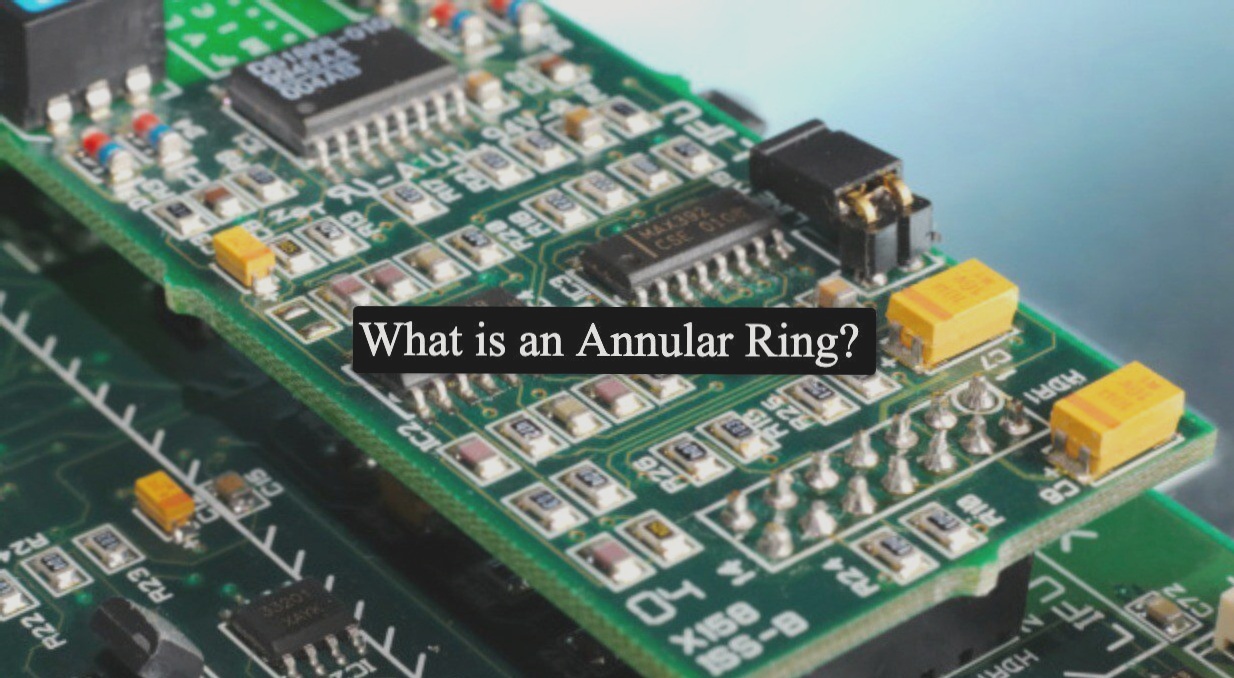2. These boards are used to replace the previous electronics chassis of components and facilitate interconnection between electronic components.
3. Over time, PCB boards have evolved from single-sided to double-sided, multilayer, and flexible PCBs.
4. They are continuously progressing towards higher precision, density, and reliability, and their applications are expanding.

The following I will introduce maintenance knowledge of PCB circuit boards:
A. Annual maintenance knowledge:
1. Clean the dust on the PCB board regularly.
2. Conduct sampling inspection on the electrolytic capacitor capacity in the PCB board. If the capacity is less than 20% of the nominal capacity, replace it. Typically, electrolytic capacitors should be replaced after ten years of service to ensure the performance of the PCB circuit.
3. For high-power devices coated with heat-dissipating grease, check for dryness. If dry, remove and apply new grease to prevent overheating and potential damage to the circuit board.
B. Seasonal maintenance:
1. Clean the dust on the PCB circuit board every quarter using a special cleaning fluid. Use a blower to dry the board after cleaning.
2. Check electronic components for signs of high temperature and electrolytic capacitors for bulging or leaking. Replace any components showing these signs.
WellCircuits Limited specializes in high-precision double-sided, multi-layer, impedance-controlled, blind buried vias, and thick copper circuit boards. Our product range includes HDI, backplanes, rigid-flex combinations, buried capacitance and resistance, Golden Finger, and other types of PCBs to meet various customer needs.



